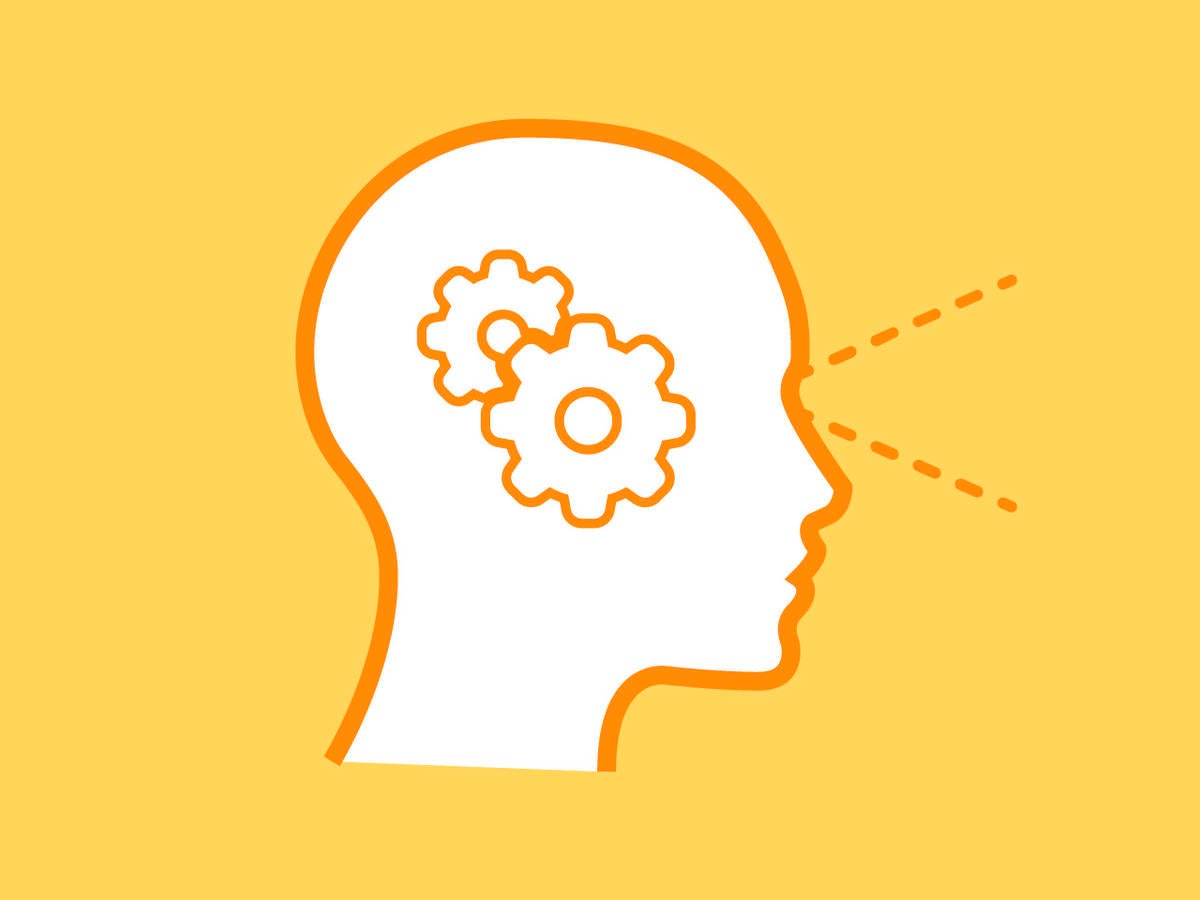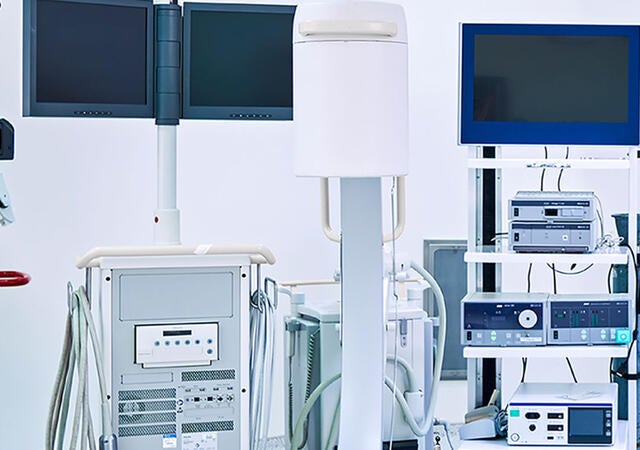April 12, 2021
For medical device manufacturers, discovering use errors is perhaps the scariest outcome of human factors research. As a result, many companies focus intensely on designing user-friendly products to minimize use error risks. To give credit where credit is due, good design practice is a critical component for creating a great medical device. But how can you know what a “good” design is until you put it in front of users?
The answer, of course, is task analysis. The US FDA’s human factors guidance and IEC 62366-2 both emphasize the importance of using task analysis as a method to analyze human-system interactions and understand the many factors which can impact use error. For example, the FDA asks manufacturers to identify the perceptual inputs, cognitive processes, and user actions which must occur for intended users to utilize a medical device safely and effectively for its intended purpose. Through task analysis, manufacturers can anticipate how users might perceive and interact with a device within a given context, allowing design teams to predict where use error could occur and, most importantly, what harms might result.
However, regulatory guidelines fail to provide critical details on how to create a task analysis. What does the identification of user perception, cognition, and action entail? How can manufacturers have confidence that their analysis is representative of actual device use?
Medical device task analysis in four simple steps
Fundamentally, task analysis is about investigating how humans operate within their environment. For manufacturers, this procedure entails considering humans’ underlying cognitive mechanisms in order to provide an effective analysis for use error prediction. Fortunately, you do not need a human factors degree to analyze human cognition. Here is a procedure you can use to improve any task analysis effort:
- Identify the task to be analyzed. First, limit the scope of your task analysis to a use scenario, critical task, or element of the user workflow that has important design implications.
- Break down the high-level task into its discrete steps. Deconstructing the task into a finite set of sub-steps helps ensure the analysis does not become too broad as you proceed.
- Describe the user’s goals or motivations within each sub-step. Think about what users must accomplish to achieve each sub-step:
- What do users need to perceive (e.g., hear, smell, see, taste, touch)?
- What do users need to know?
- What do users need to decide?
- What do users need to do?
By describing user goals instead of simply focusing on rote user actions, manufacturers can more accurately depict the role of human cognition within their task analysis model. It is important to note that you should also seek to clearly define rules for successfully completing a sub-step.
- Continue to decompose sub-tasks into additional sub-tasks, until a desired level of detail is reached.
Visualizing the task analysis process
Let’s consider a quick example. Imagine we are designing an insulin injection pen for diabetes patients and that we are particularly focused on understanding how a use error might occur while administering the medication. To understand the potential incidence of use errors with the pen’s current design, we can perform a task analysis using the procedure outlined above.
|
Task |
Step |
What do users need to perceive? |
What do users need to know? |
What do users need to decide? |
What do users need to do? |
|---|---|---|---|---|---|
|
Administer the medication |
Remove the needle cap |
See the needle cap located on device |
Recognize and identify the needle cap |
How to remove the needle cap |
Grasp and pull the needle cap |
|
Locate the injection site |
See exposed injection site |
Know appropriate injection site locations |
Determine any consequence of their injection site choice |
Choose an injection site |
|
|
Insert the needle at an appropriate injection angle |
Angle of injection pen relative to injection site |
Appropriate injection angle |
Determine the appropriateness of the injection angle |
Check injection angle |
|
|
Press the injection button to administer the medication |
See the injection button |
How the injection button functions |
How and when to press the button |
Press the injection button |
|
|
Confirm medication was fully administered |
See all medication has been administered |
Know how an injection device should look when empty |
Decide whether all medication has been administered |
Check to see whether medication was administered |
Applying task analysis findings in the design process
Using our task analysis, we have identified several steps users must take to successfully administer the medication. More importantly, we have also identified the critical perceptual, cognitive, and action-based components to each step, which we can use to better understand where intended users might make mistakes when using our device.
Understanding the many factors which can influence users’ task performance can help manufacturers identify potential use-related risks and direct product design efforts accordingly. Once potential use error sources are understood, manufacturers can create design mitigations to manage a device’s use-related risk through user-centered design. When used correctly, task analysis is a powerful tool for creating safer and more effective products.
James Parker is Senior User Researcher at Emergo by UL’s Human Factors Research & Design division.
Learn more about human factors engineering for medical devices and IVDs:
- HFE user research support for medical devices, IVDs, and combination products
- Medical device and product evaluation
- Webinar: Human factors engineering for medical devices
- Webinar: Safe in-person usability testing during COVID-19
Request information from our specialists
Thanks for your interest in our products and services. Let's collect some information so we can connect you with the right person.







